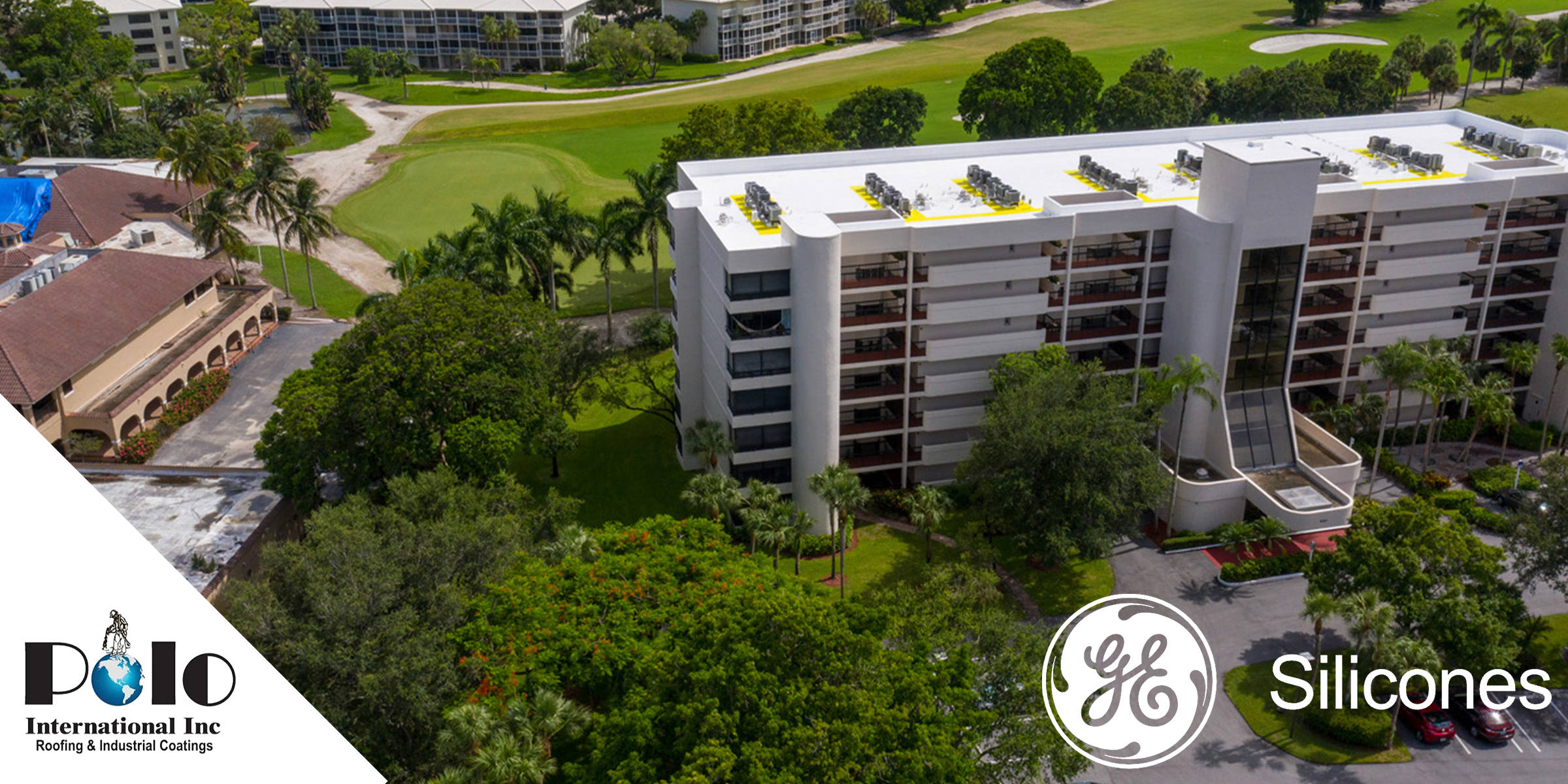
Achieving green building certifications has become a strategic priority for commercial property owners aiming to enhance sustainability and reduce operational costs. However, the critical role of roofing systems in this process is often underestimated. Among the best roofing options for commercial buildings, Spray Polyurethane Foam (SPF) roofing emerges as a high-performance, eco-friendly solution. It not only offers superior durability but also aligns with the energy efficiency goals required for certifications such as LEED and ENERGY STAR.
How SPF Roofing Enhances Energy Efficiency
SPF roofing systems function as a seamless and robust thermal barrier, significantly reducing the energy required to heat or cool commercial buildings. This superior insulation minimizes heat transfer, cutting down on HVAC usage and thereby lowering utility bills. These attributes are recognized by prominent certification programs like LEED (Leadership in Energy and Environmental Design), which prioritize energy conservation under their Energy and Atmosphere category.
Because SPF reduces energy demand, it directly supports carbon footprint reduction, a critical factor in achieving green certifications. Additionally, buildings utilizing SPF roofing often see improved energy ratings, making them more competitive in markets where sustainability is valued.
Longevity and Reduced Environmental Impact
Another major advantage of SPF roofing is its long lifespan and minimal maintenance needs. Traditional roofing systems often require periodic replacement or repairs, leading to increased material waste. In contrast, SPF extends the lifecycle of commercial roofs, demanding less frequent maintenance and thus reducing environmental impact over time.
Moreover, the application process of SPF supports sustainability goals. Unlike traditional methods that involve the removal and disposal of old roofing materials, SPF can be applied directly over existing roofs. This reduces landfill waste and lowers the need for new raw materials—factors that align with LEED’s Materials and Resources credits and other certification standards that emphasize resource conservation.
Certification Compatibility: LEED, ENERGY STAR, Green Globes
When evaluating certification compatibility, SPF roofing systems seamlessly align with leading programs such as LEED, ENERGY STAR, and Green Globes. For instance, LEED awards points for improved energy performance and sustainable site development. SPF roofs contribute through high R-value insulation and optional reflective top coats that reduce urban heat island effects, directly supporting LEED’s Sustainable Sites credits.
Similarly, ENERGY STAR-certified SPF roofing reflects more sunlight and reduces roof surface temperatures, helping buildings meet cool roof standards that improve overall energy efficiency. This is especially beneficial in hot climates, where reduced cooling demands translate into cost savings and enhanced environmental performance.
SPF roofing’s compatibility with Green Globes and other U.S. Green Building Council initiatives further strengthens its value proposition. These certifications reward buildings that demonstrate reduced energy consumption, water usage, and waste—all areas where SPF roofing delivers measurable benefits.
Additional Environmental Contributions
SPF’s seamless and waterproof structure not only prevents leaks but also supports stormwater management. By minimizing water intrusion and preventing mold growth, SPF roofing contributes to the health and structural integrity of a building—securing points related to water management in green certifications.
In terms of Indoor Environmental Quality (IEQ), SPF systems excel by preventing air leakage and reducing the ingress of external pollutants. Stable indoor air quality supports occupant health and comfort, contributing to certification areas focused on healthy environments.
Why SPF Roofing is a Strategic Investment
Investing in SPF roofing for green building certifications is a forward-thinking strategy that offers long-term ROI. Its combination of durability, energy efficiency, minimal maintenance, and reduced environmental impact helps commercial properties not only qualify for certification but also maintain them through consistent performance.
With increased demand for sustainable building solutions, choosing SPF roofing allows property owners to align with environmental performance objectives, secure tax incentives or rebates, and enhance marketability in a green-conscious economy. Trusted manufacturers like GE Silicone, Carlisle, HENRY Co, and Everest Systems meet these demands with advanced spray foam products expertly applied by Polo International.
Takeaways
Leveraging Spray Polyurethane Foam roofing as part of your green building strategy significantly boosts your chances of earning prestigious certifications like LEED, ENERGY STAR, and Green Globes. By offering superior energy savings, reduced material waste, and enhanced indoor air quality, SPF roofing systems not only elevate your building’s sustainability profile but also deliver measurable operational and financial benefits. As the demand for environmentally responsible construction grows, SPF roofing remains a top-tier solution for commercial buildings striving for sustainability and long-term performance. To learn more about SPF roofing solutions for green certifications, visit Polo International Commercial Roofing Services.


